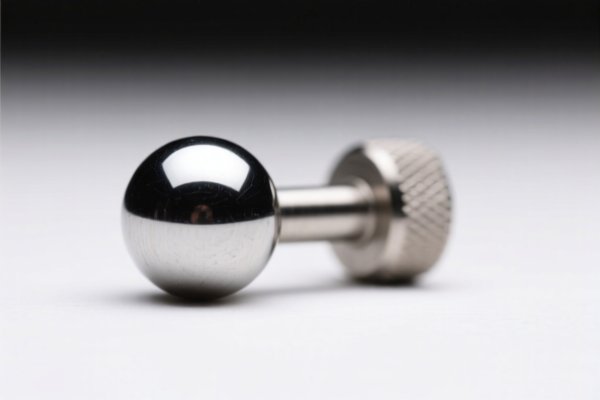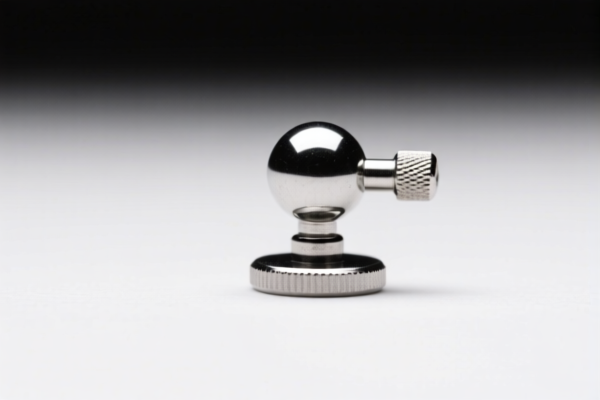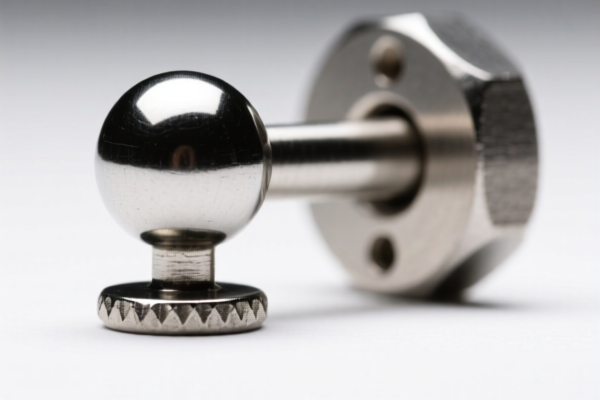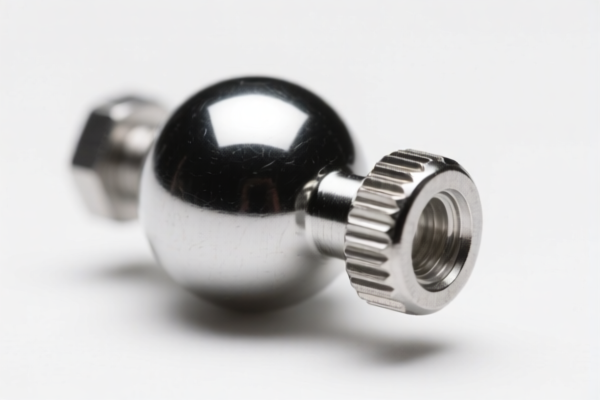| HS Code | Official Doc | Tariff Rate | Origin | Destination | Effective Date |
|---|---|---|---|---|---|
| 8482101040 | Doc | 57.4% | CN | US | 2025-05-12 |
| 8482993500 | Doc | 64.9% | CN | US | 2025-05-12 |
| 8487900080 | Doc | 83.9% | CN | US | 2025-05-12 |
| 8487900040 | Doc | 58.9% | CN | US | 2025-05-12 |
| 7326110000 | Doc | 80.0% | CN | US | 2025-05-12 |
| 7326908688 | Doc | 82.9% | CN | US | 2025-05-12 |




Ball Head Assembly
A ball head assembly is a mechanical component used to connect and orient a load – typically a camera, light, or sensor – relative to a support structure, such as a tripod, arm, or mounting plate. It provides a wide range of motion, allowing for precise positioning and adjustments in multiple axes.
Material
Ball head assemblies are commonly constructed from the following materials:
- Aluminum Alloys: Lightweight, strong, and corrosion-resistant, making them ideal for portable applications. Common alloys include 6061-T6 and similar.
- Stainless Steel: Offers superior strength, durability, and corrosion resistance, often used in demanding environments or marine applications.
- Brass: Provides good corrosion resistance and is sometimes used for internal components like bushings and bearings.
- Polymer/Plastic: Used for knobs, levers, and sometimes lower-load bearing components to reduce weight and cost.
- Carbon Fiber: Increasingly used in high-end models for reduced weight and increased stiffness.
Purpose
The primary purpose of a ball head assembly is to provide:
- Adjustability: Enable precise positioning of the attached load in pan, tilt, and roll.
- Flexibility: Allow for quick and easy changes in orientation.
- Secure Locking: Maintain the desired position firmly, even under load.
- Vibration Damping: Some designs incorporate features to minimize vibrations.
Function
A typical ball head assembly consists of the following key components and functions:
- Ball: A spherical component that provides the range of motion.
- Socket: A housing that holds the ball and allows it to rotate.
- Locking Mechanism: A system (typically a knob, lever, or screw) to secure the ball in place. Common locking mechanisms include:
- Single-Axis Lock: Locks one axis at a time.
- Dual-Axis Lock: Locks two axes simultaneously.
- Full Lock: Locks all axes at once.
- Tension Knob: Adjusts the resistance of the ball, controlling how easily it moves and preventing unwanted slippage.
- Base Plate: Connects the assembly to the support structure, often with a standard mounting interface (e.g., 1/4"-20 or 3/8"-16 thread).
- Pan Base: Allows for 360-degree rotation around a vertical axis.
Usage Scenarios
Ball head assemblies are used in a wide variety of applications, including:
- Photography & Videography: Mounting cameras on tripods, monopods, and other supports.
- Lighting: Positioning studio lights, spotlights, and other illumination sources.
- Surveying & Mapping: Securing surveying instruments and sensors.
- Robotics: Providing flexible positioning for end-effectors and cameras.
- Medical Equipment: Positioning cameras and lights in surgical settings.
- Industrial Applications: Holding and positioning tools, sensors, and other components.
Common Types
- Standard Ball Heads: General-purpose designs suitable for a wide range of loads.
- Mini Ball Heads: Compact and lightweight, ideal for small cameras and accessories.
- Gimbal Heads: Designed for panoramic photography, allowing for smooth, precise rotation around a nodal point.
- Fluid Ball Heads: Incorporate fluid damping for smooth, controlled movements, commonly used in videography.
- Low-Profile Ball Heads: Designed to keep the center of gravity low, improving stability.
- Geared Ball Heads: Feature gears for precise, incremental adjustments.
- Rapid Lock Ball Heads: Employ quick-release mechanisms for fast setup and adjustments.
Based on the provided information, “ball head assembly” can be classified under several HS codes, depending on its specific components and function. Here's a breakdown of potential classifications:
- 8482101040: This code covers “Ball or roller bearings, and parts thereof: Ball bearings: Ball bearings with integral shafts Bearings having an outside diameter not over 30 mm”. If the assembly incorporates a ball bearing with an integral shaft and its outside diameter is not over 30 mm, this code is applicable. The total tax rate is 57.4%, comprising a 2.4% base tariff, a 25.0% additional tariff, and a 30% additional tariff effective after April 2, 2025.
- 8482993500: This code covers “Ball or roller bearings, and parts thereof: Parts: Other: Other: Parts of ball bearings (including parts of ball bearings with integral shafts)”. If the assembly consists of parts for ball bearings, including those with integral shafts, this code is relevant. The total tax rate is 64.9%, consisting of a 9.9% base tariff, a 25.0% additional tariff, and a 30% additional tariff effective after April 2, 2025.
- 8487900080: This code covers “Machinery parts, not containing electrical connectors, insulators, coils, contacts or other electrical features, and not specified or included elsewhere in this chapter: Other Other”. If the assembly is a machinery part without electrical components and doesn’t fall under other specific classifications within the chapter, this code may be applicable. The total tax rate is 83.9%, comprising a 3.9% base tariff, a 25.0% additional tariff, and a 30% additional tariff effective after April 2, 2025, with an additional 25% tariff for steel or aluminum products.
- 7326110000: This code covers “Other articles of iron or steel: Forged or stamped, but not further worked: Grinding balls and similar articles for mills”. If the assembly consists of forged or stamped iron or steel components similar to grinding balls, this code could be considered. The total tax rate is 80.0%, consisting of a 0.0% base tariff, a 25.0% additional tariff, and a 30% additional tariff effective after April 2, 2025, with an additional 25% tariff for steel or aluminum products.
- 7326908688: This code covers “Other articles of iron or steel: Other: Other: Other: Other Other”. If the assembly is an iron or steel article that doesn’t fall under more specific classifications, this code may be applicable. The total tax rate is 82.9%, consisting of a 2.9% base tariff, a 25.0% additional tariff, and a 30% additional tariff effective after April 2, 2025, with an additional 25% tariff for steel or aluminum products.
Regarding HS code 8487900080, please note that if the assembly is made of steel or aluminum, an additional 25% tariff applies. Similarly, for HS codes 7326110000 and 7326908688, an additional 25% tariff applies if the assembly is made of steel or aluminum.
Customer Reviews
No reviews yet.